Over the past few years, I’ve noticed something funny: my camera backpack keeps getting heavier. Or at least, that’s how it feels. In truth, it’s probably weighed about the same all along — it’s just that as I get older, it seems to pull a bit more on the shoulders.
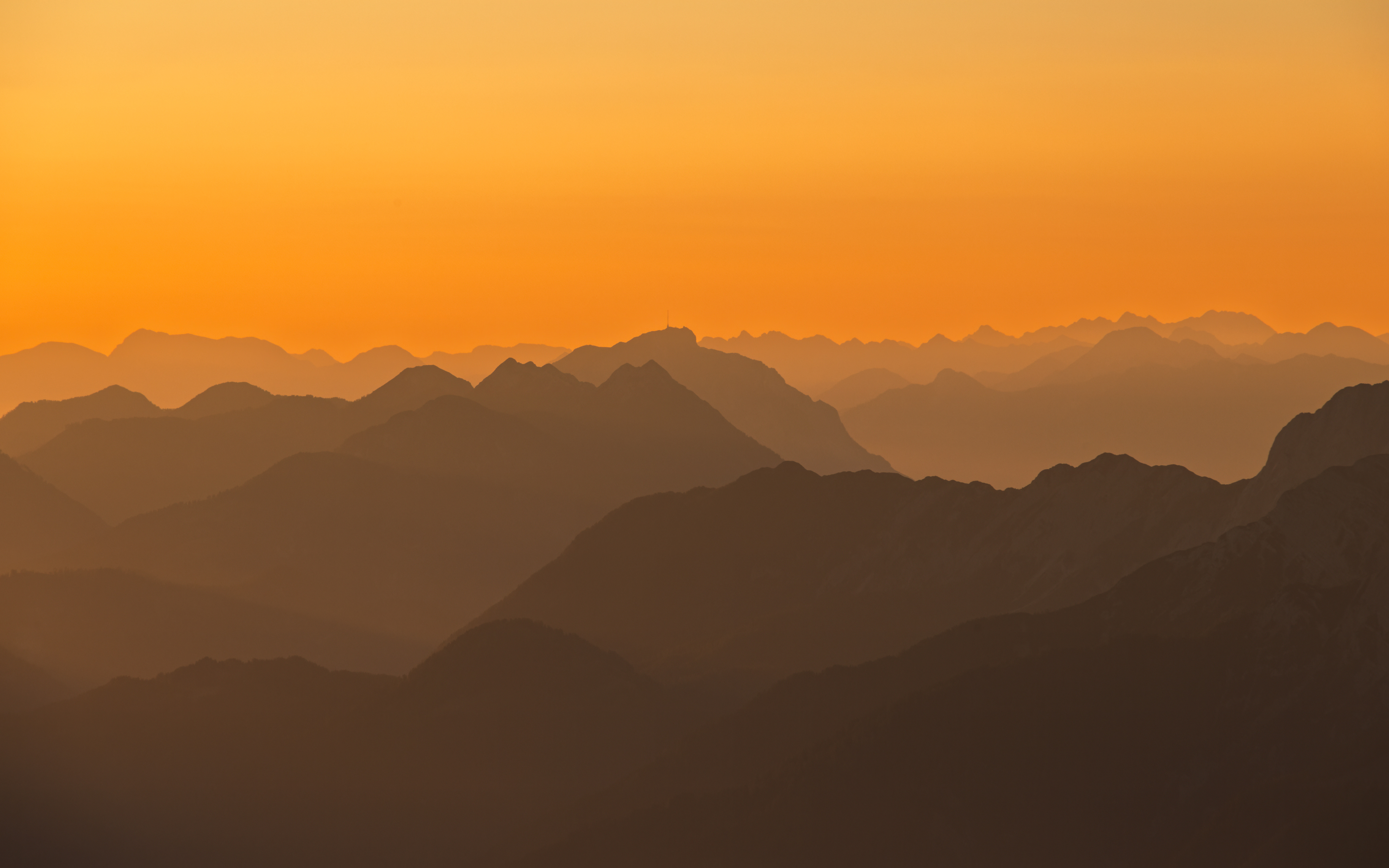 |
So recently I’ve been on the hunt for lighter ways to carry my camera gear on hikes — and I’m still experimenting.
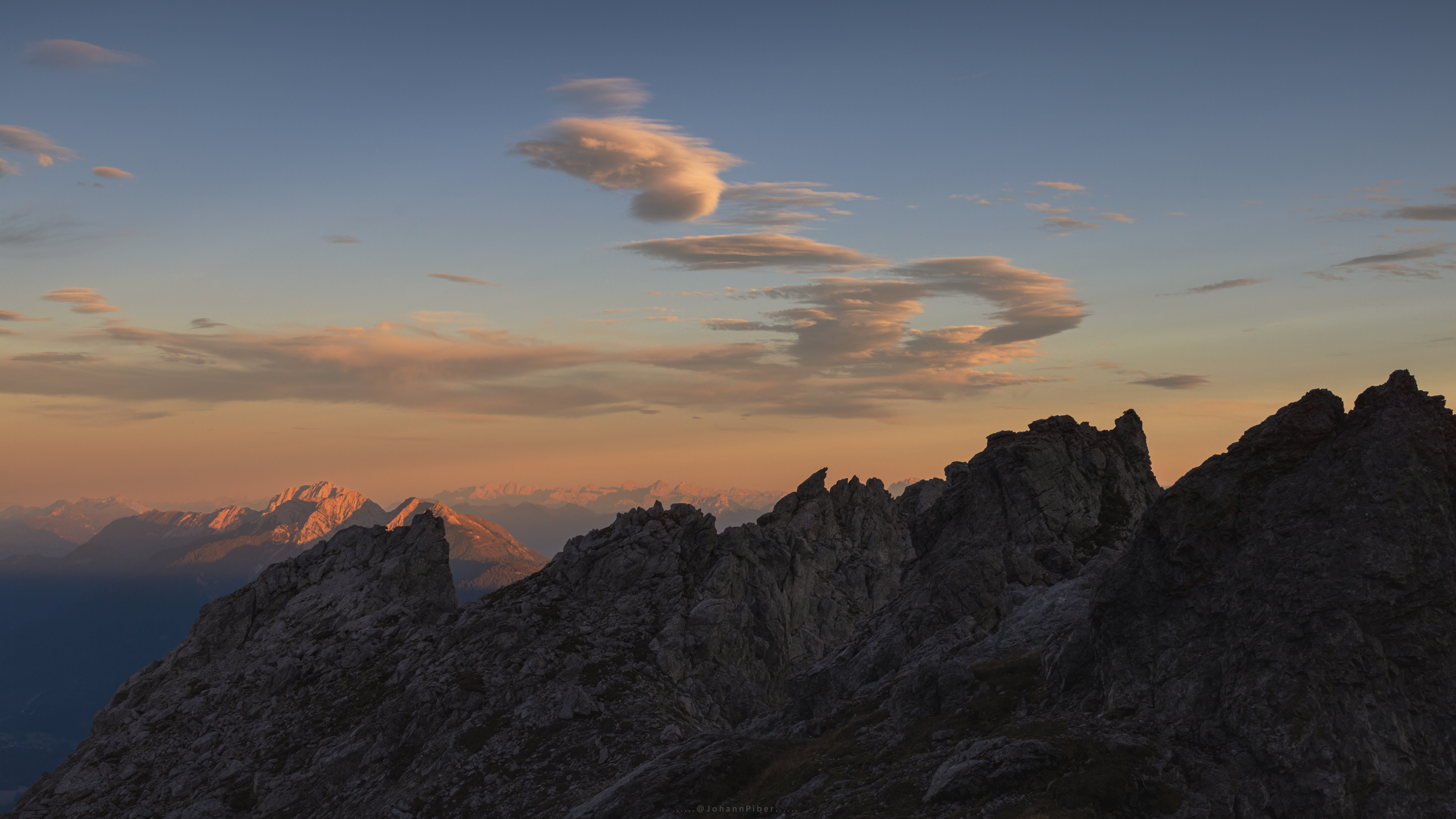 |
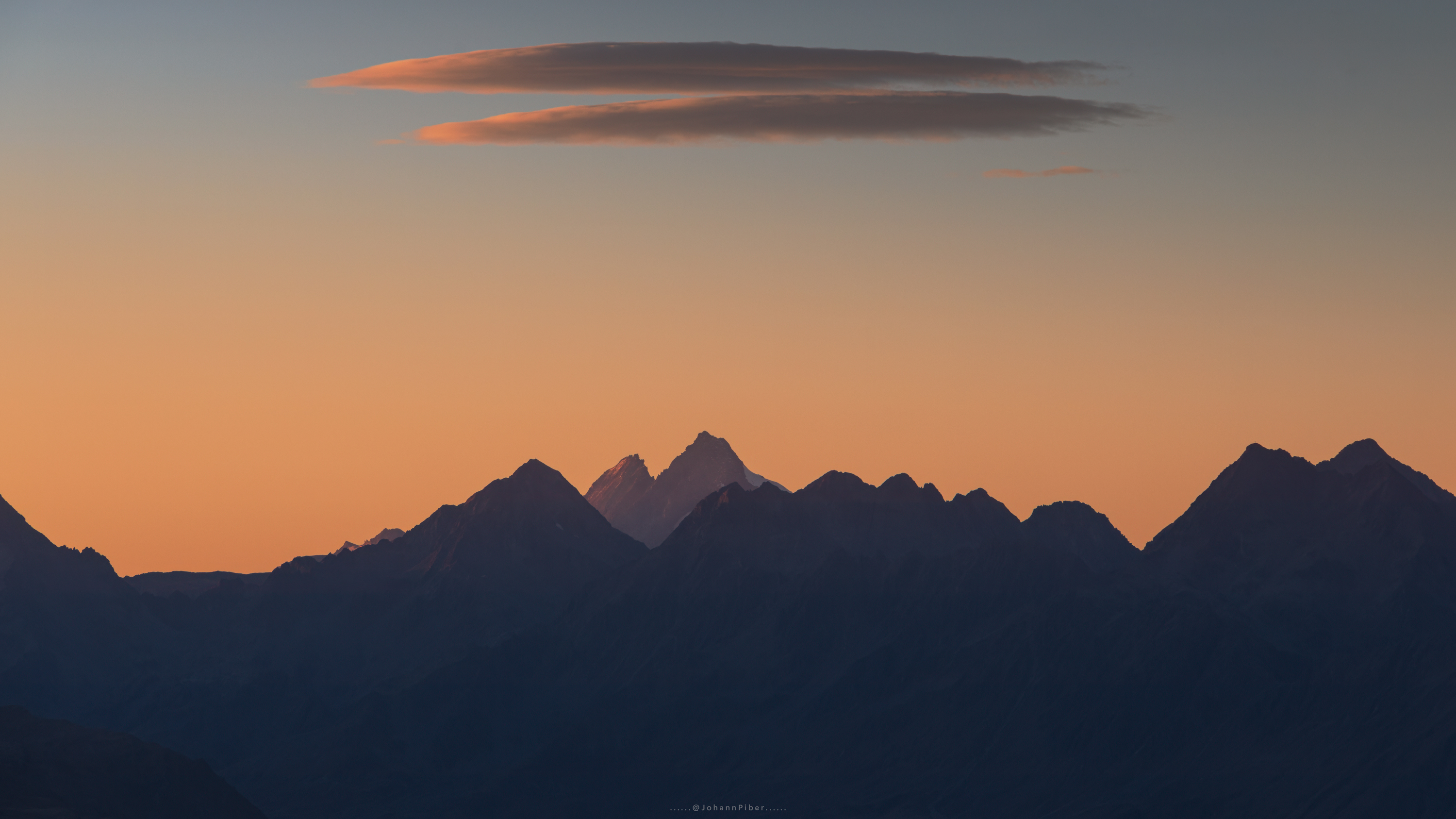 Grossglockner - 3,798m - at Sunset |
Of course, one obvious solution would be to simply take less with me. Maybe just one lens instead of three or four. But let’s be honest: I love my RF 100–500mm, and the 24–105mm, and… well, giving them up just isn’t realistic — at least not yet. I already had a fairly light travel tripod (a Rollei...), so the next step was to look for a new, lighter backpack.
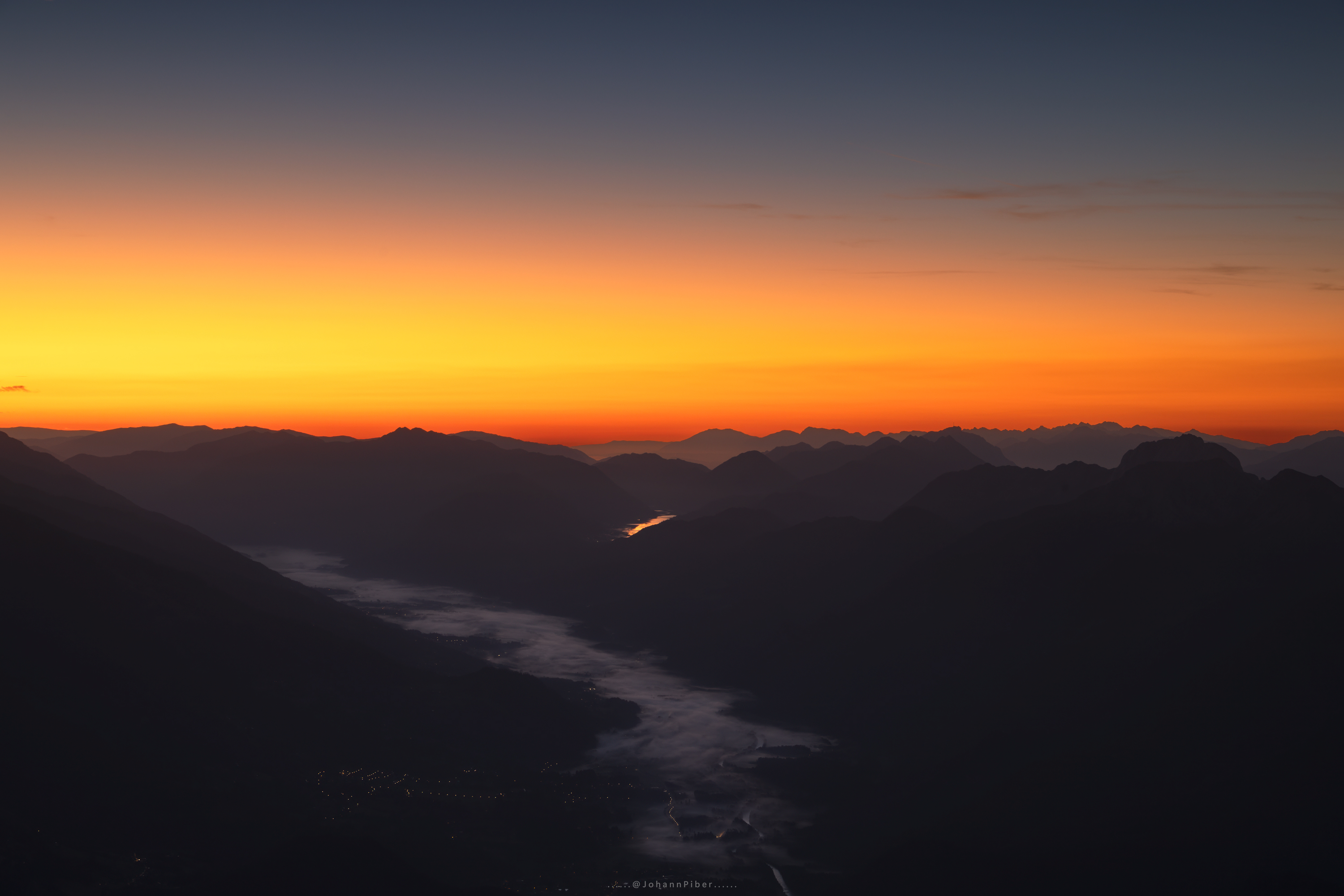 |
I’ve honestly lost track of how many camera packs I’ve ordered, tested, and sent back over the last few months. It must have been dozens — all from the big, well-known brands. My two heavy-duty photo backpacks had already gone to new owners, so there was no turning back.
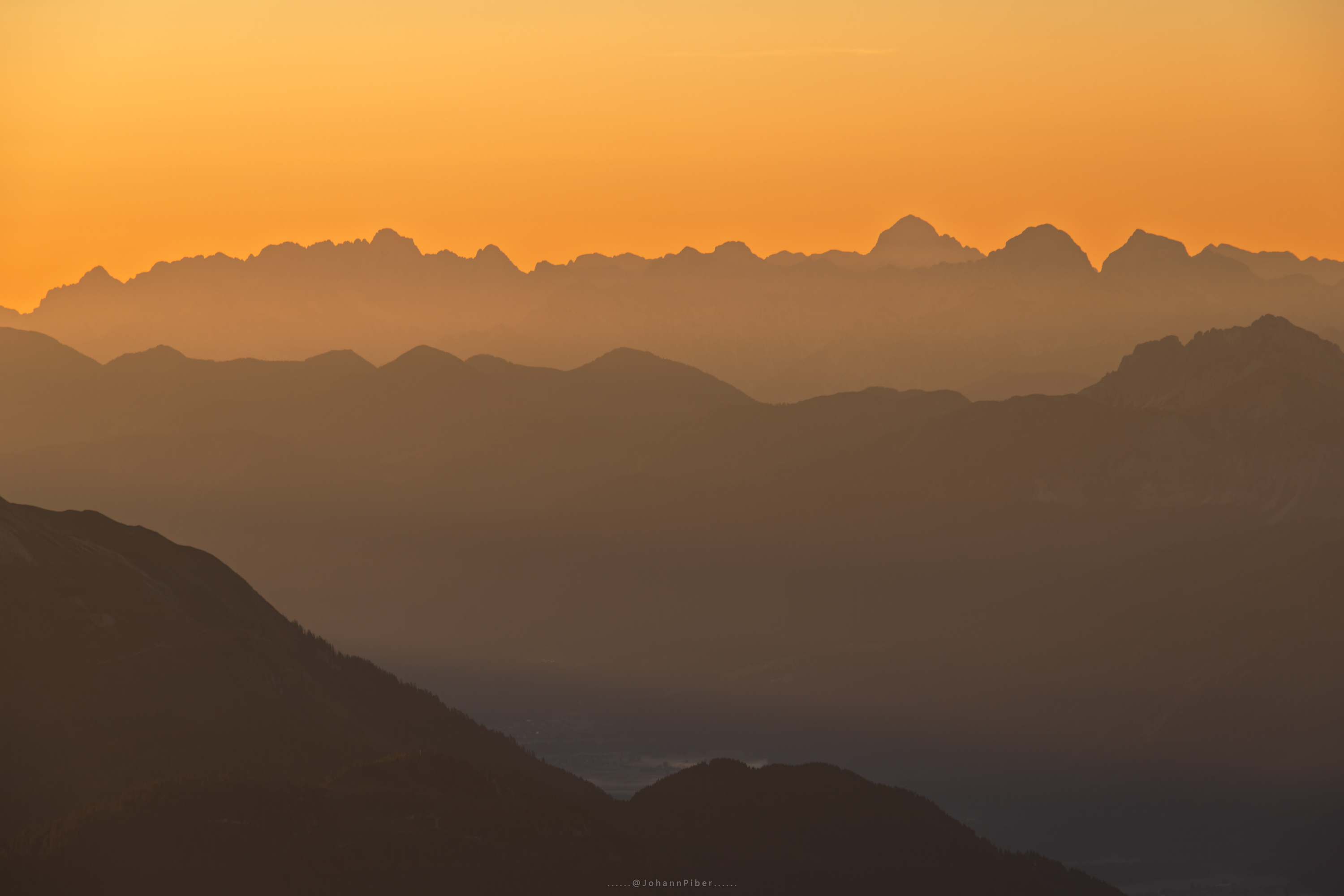 |
Then the Lowepro PhotoSport X Backpack 45L AW showed up. It’s not exactly ultralight, but at just under two kilograms it’s by far the lightest pack I’ve owned — even lighter than my Osprey Kestrel 58 hiking rucksack. It looks great, feels comfortable, and fits my setup nicely. Depending on the length of the hike, I use either the Lowepro GearUp PRO Extra Large II insert or the smaller GearUp PRO Large II, which is half the size. The smaller one fits all my camera essentials, a few electronics, and even a second lens.
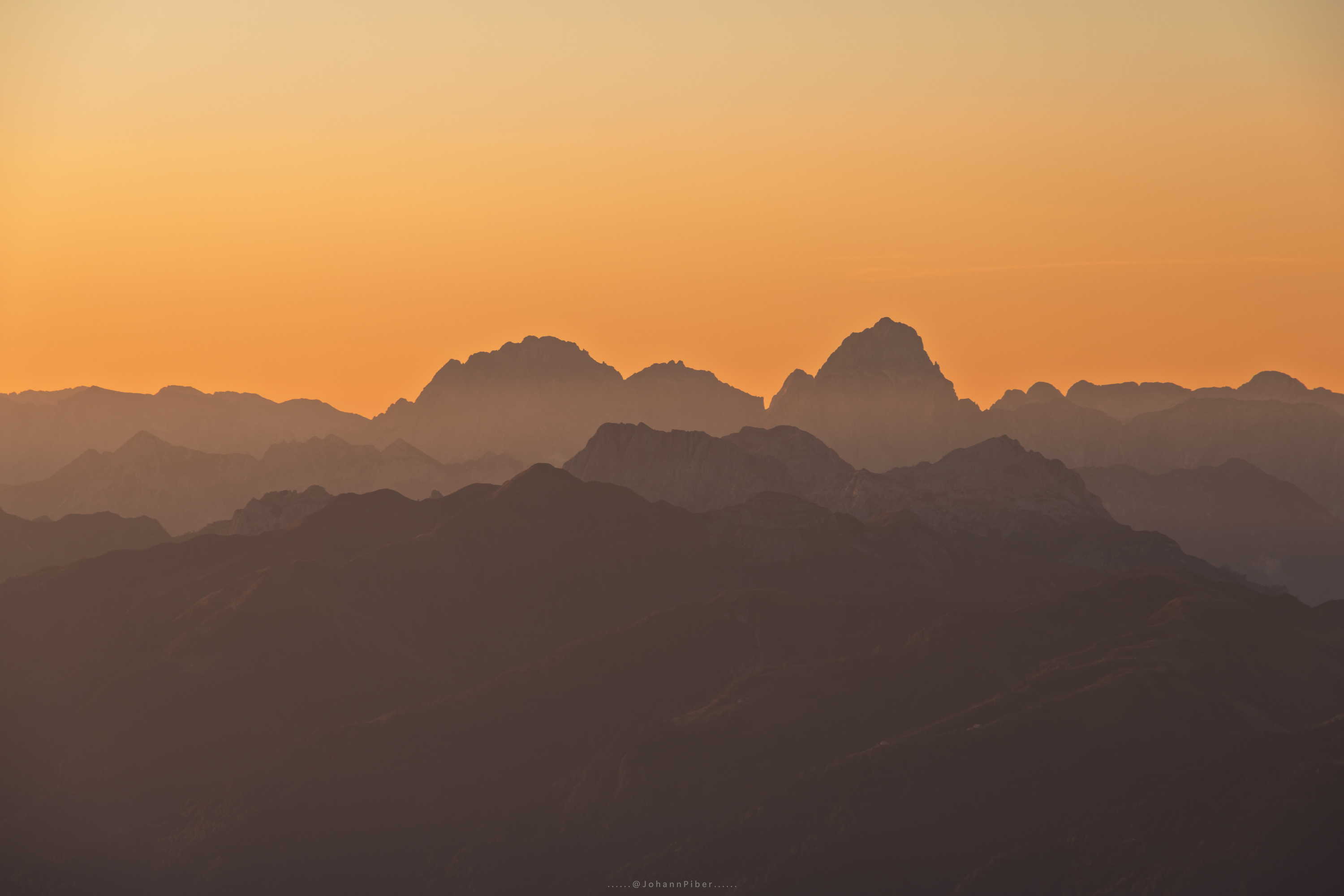 |
The camera itself rides in front of me in a Hyperlite Mountain Gear Camera Pod (Large), attached to the shoulder straps. It’s light, quick to access, and perfect for those moments when a photo opportunity appears out of nowhere.
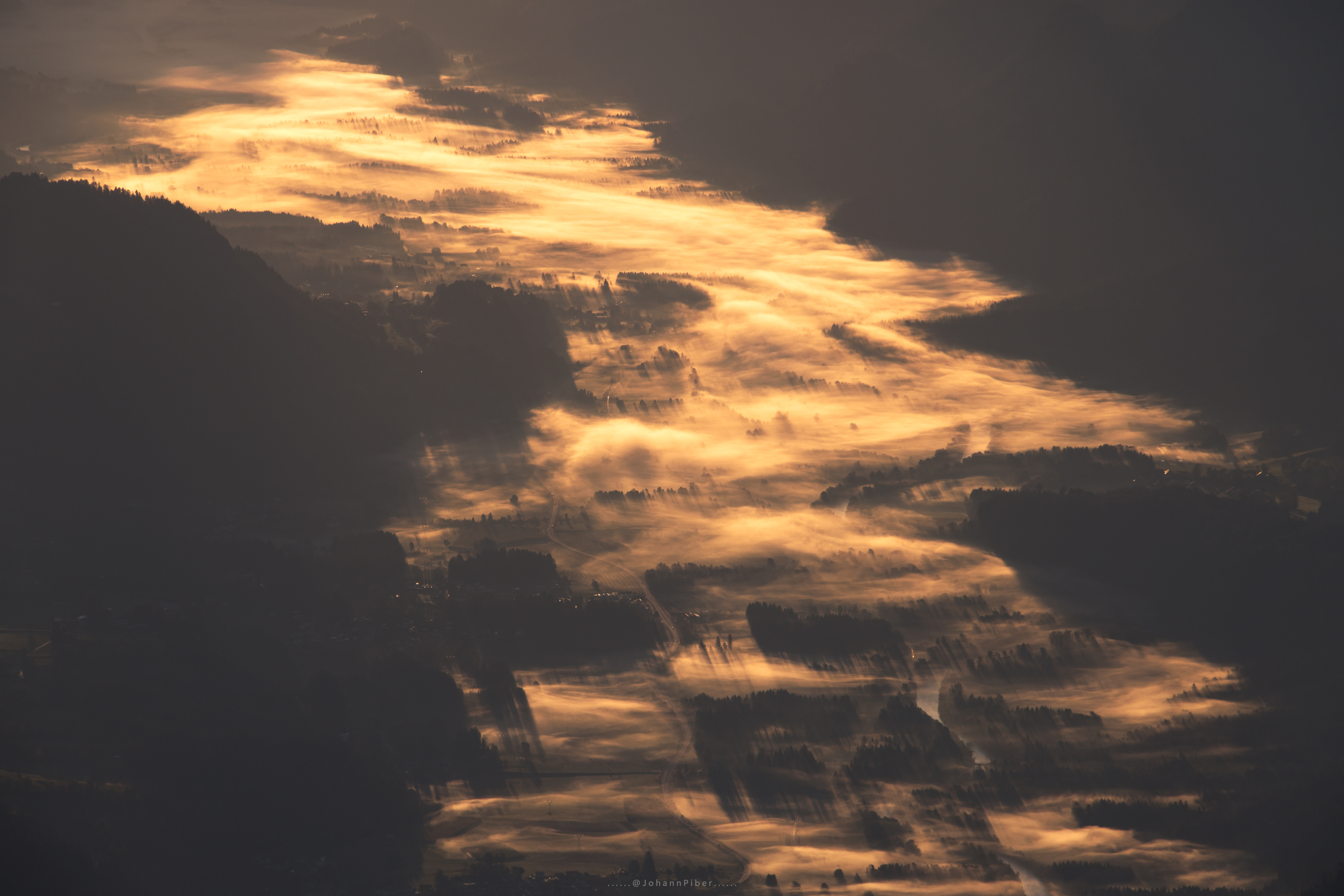 |
For longer treks that require more hiking gear, the Lowepro stays at home. Instead, I take my Durston Kakwa 55, which I bought around the same time. Combined with the Hyperlite pod, that setup saves me about 1.5 kilograms — and that makes a huge difference over a long day on the trail.
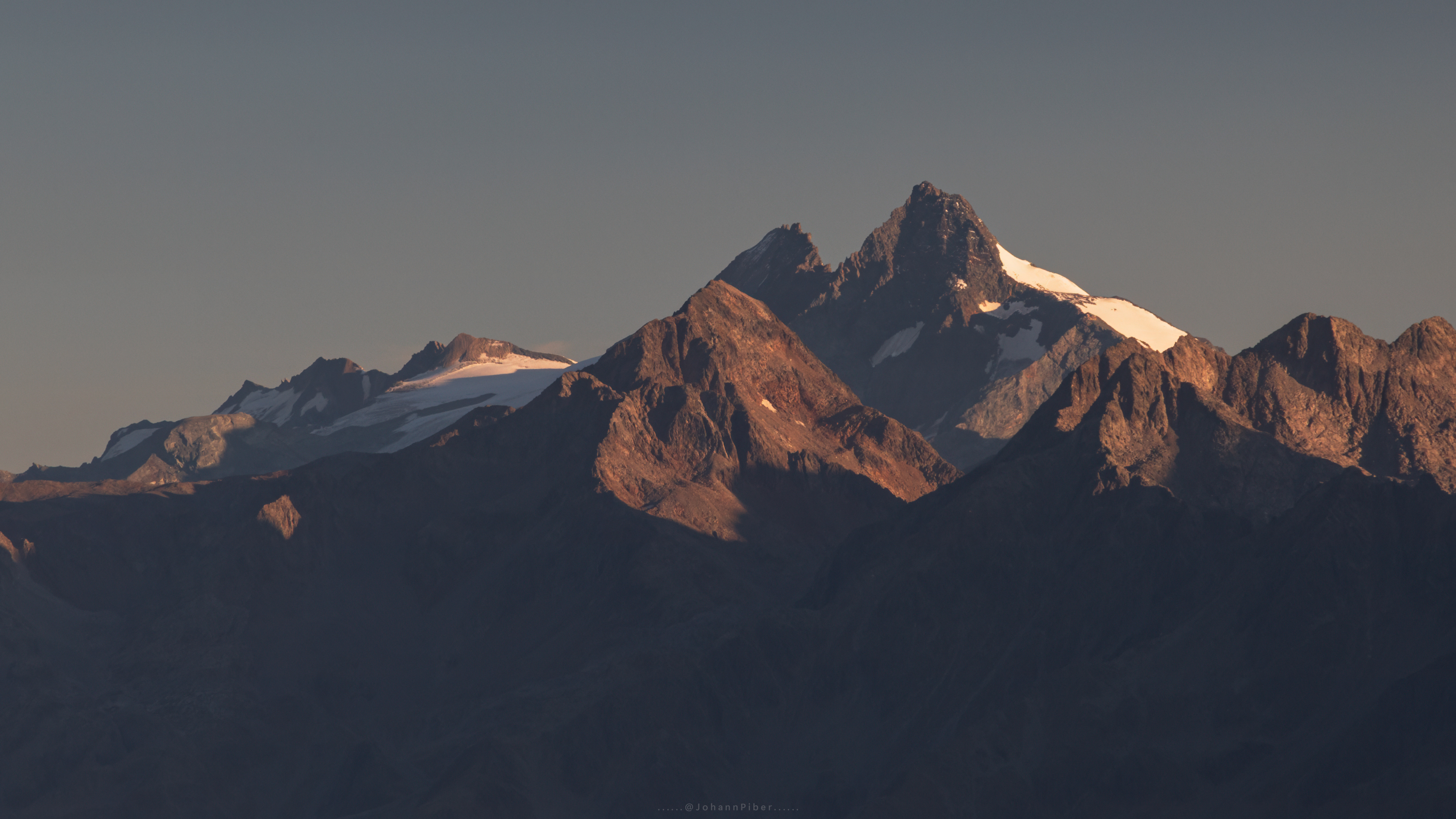 Grossglockner - 3,798m |
After countless hours of online research (and more YouTube gear reviews than I’d like to admit), the ultralight hiking philosophy really started to win me over. Since then, I’ve been replacing more and more of my gear with lighter alternatives — like the Hyperlite camera pod — and leaving behind all those “just in case” items I used to drag along on every trip. Let’s be honest: 90% of them never left the bag anyway.
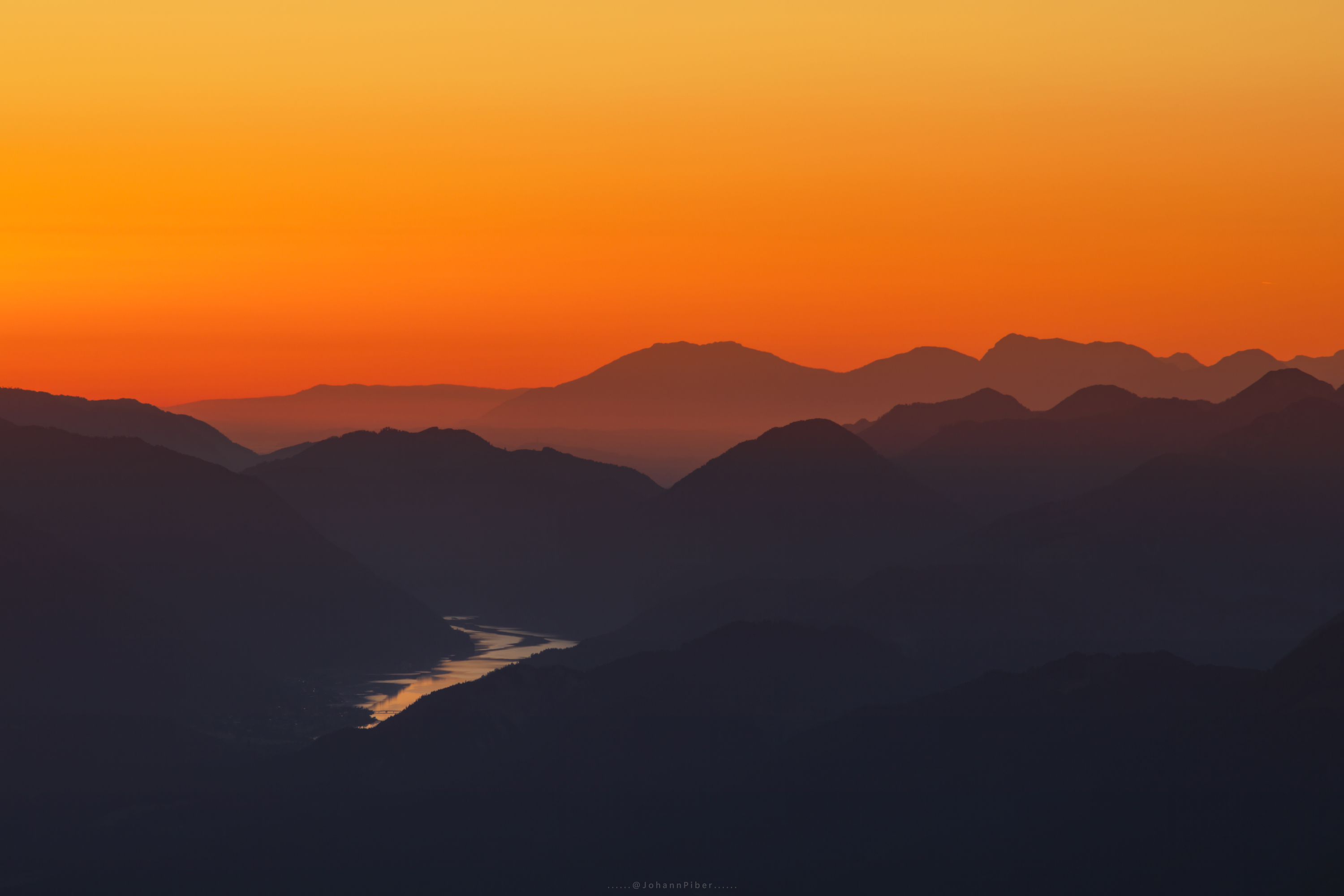 |
Take my PGYTECH CFexpress Type B/SD/Micro SD card reader, for example. It weighs 250 grams — and I’ve never once needed it while hiking. Now I just bring a few spare cards in a tiny waterproof pouch. Problem solved. Total weight: 50 grams.
I’ve also started taking lighter “everyday” lenses instead of the heavy L-series ones — like the Canon RF 24–240mm f/4–6.3 IS USM or the Canon RF 16–28mm f/2.8 IS STM. Sure, they don’t have the same premium feel, but my shoulders certainly appreciate the swap.
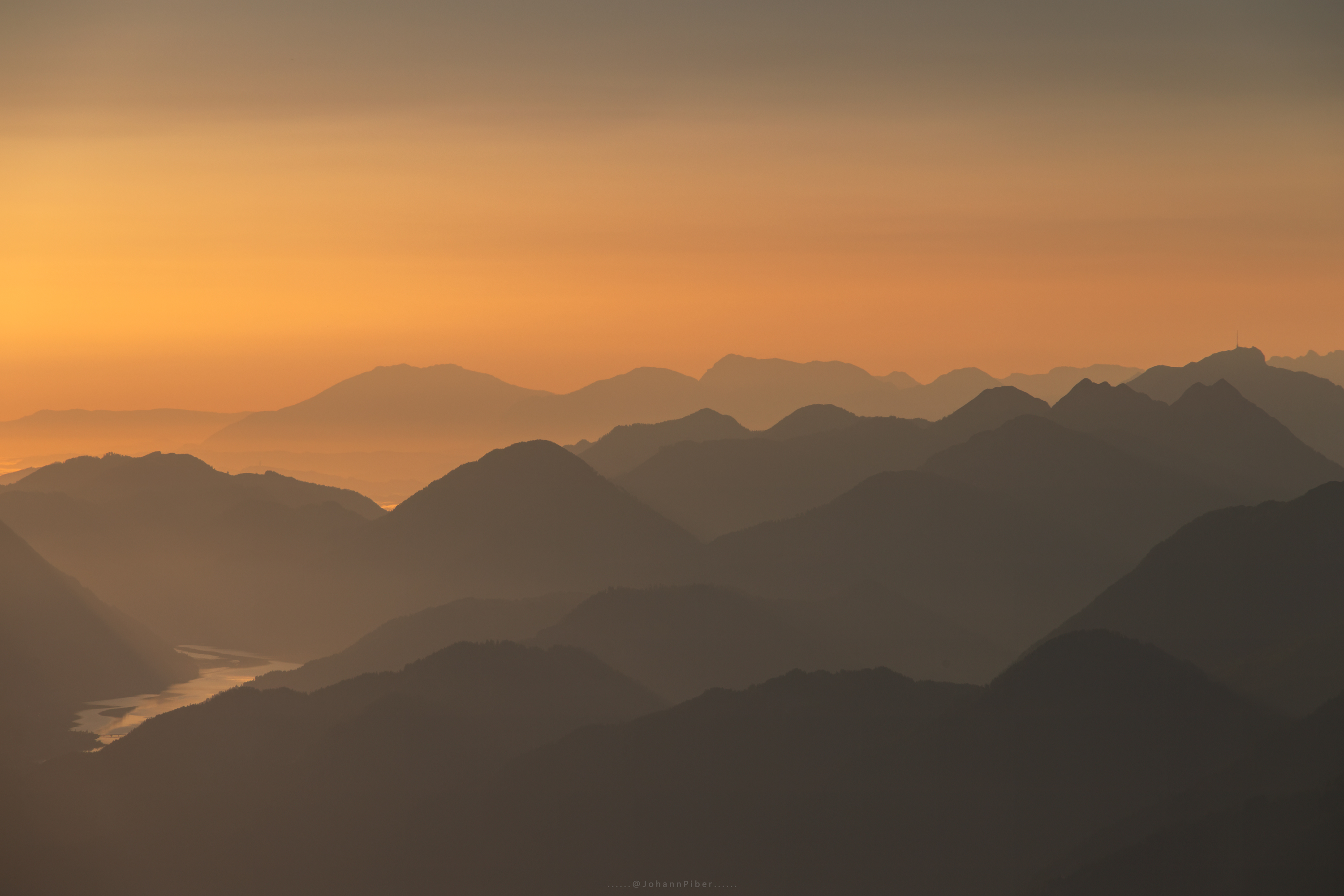 |
So this is where my journey begins — from 20–25 kg packs down to around 10–15 kg. I’ll be sharing more about this process soon, because it’s not just my camera gear that’s been on a diet. My clothing, sleep setup (tent/bivy, bag, and mat), cooking gear, and other hiking equipment have all become lighter and more compact too.
And something tells me my ultralight journey isn’t over just yet...


